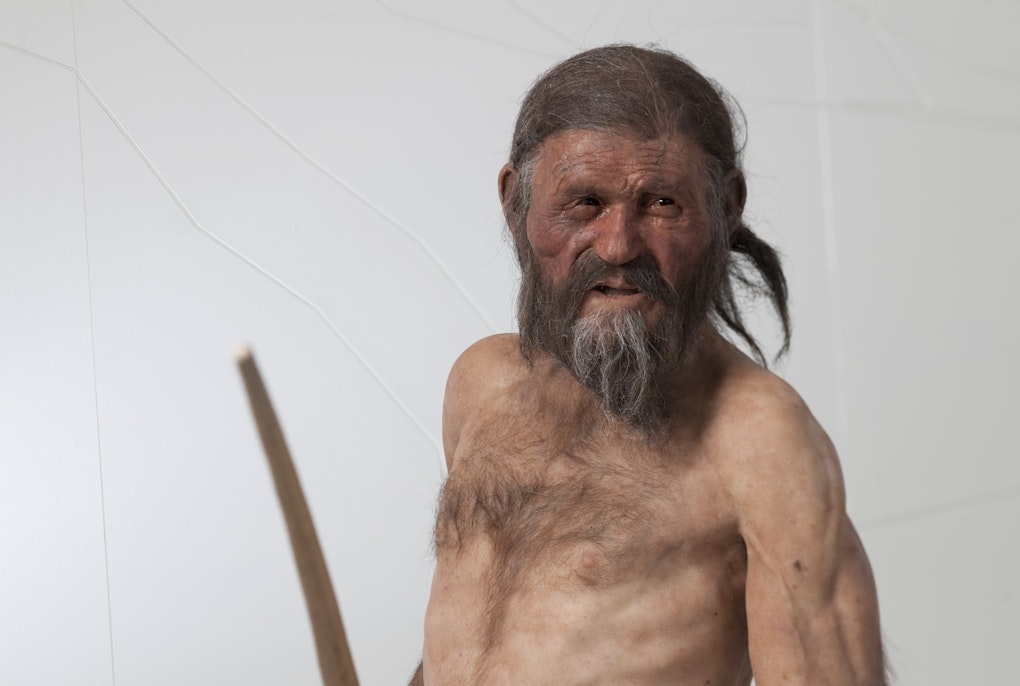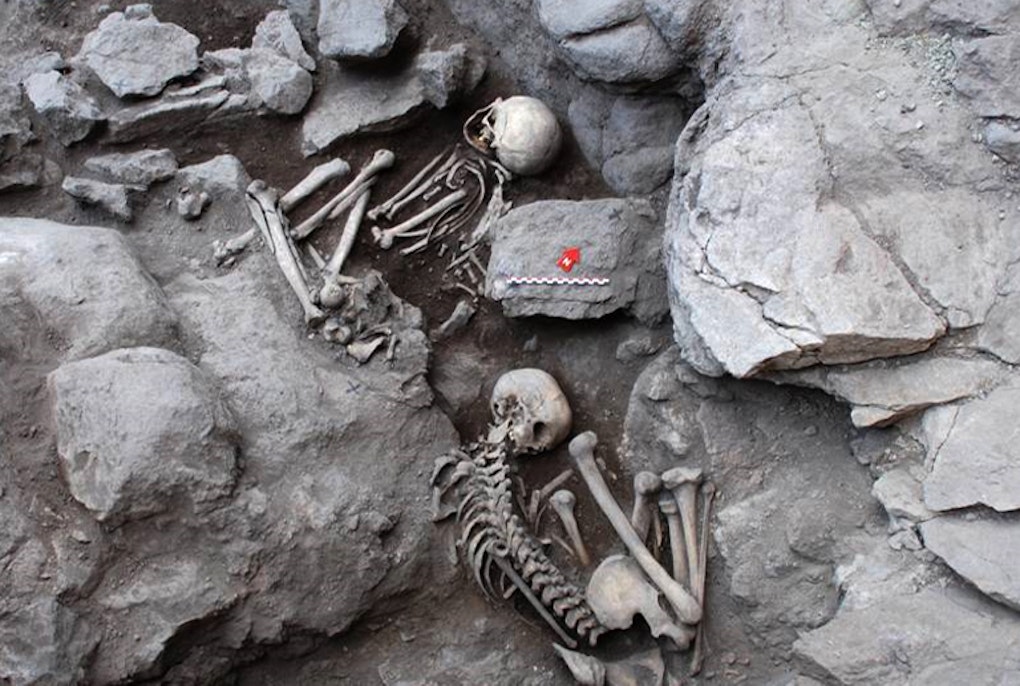The study also yielded new results about Ötzi’s appearance. His skin type, already determined in the first genome analysis to be Mediterranean-European, was even darker than previously thought – “It’s the darkest skin tone that has been recorded in contemporary European individuals,” explains Anthropologist Albert Zink, study co-author and head of the Eurac Research Institute for Mummy Studies, Bolzano: “It was previously thought that the mummy’s skin had darkened during its preservation in the ice, but presumably what we see now is actually largely Ötzi’s original skin color. Knowing this, of course, is also important for the proper conservation of the mummy.”
Our previous image of Ötzi is also incorrect regarding his hair: as a mature man, he most likely no longer had long, thick hair on his head, but at most a sparse crown of hair. His genes, in fact, show a predisposition to baldness. “This is a relatively clear result and could also explain why almost no hair was found on the mummy,” says Zink. Genes presenting an increased risk of obesity and type 2 diabetes were also found in Ötzi’s genome, however these factors probably did not come into play thanks to his healthy lifestyle.





